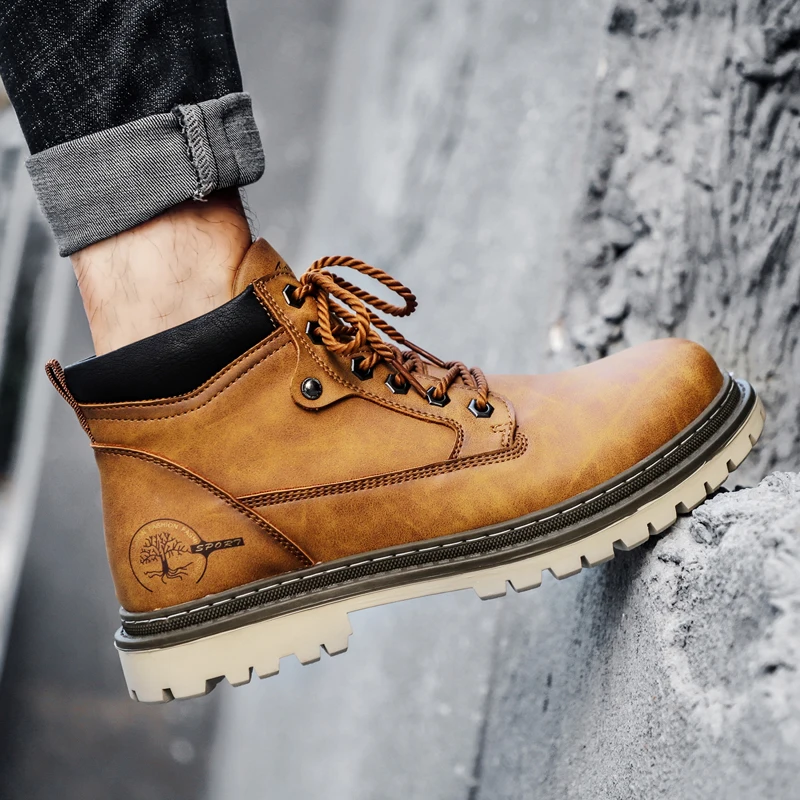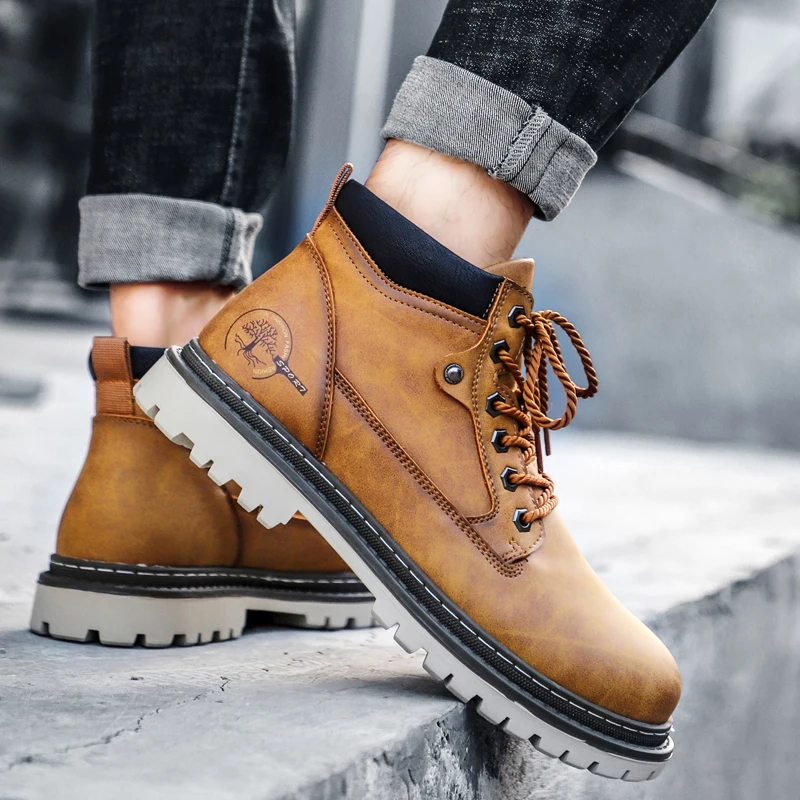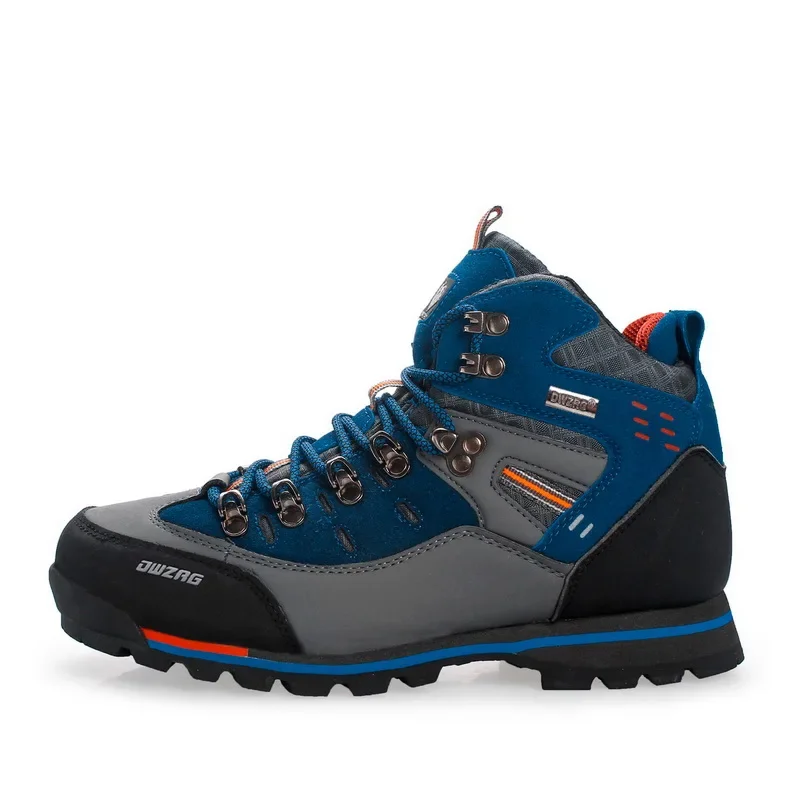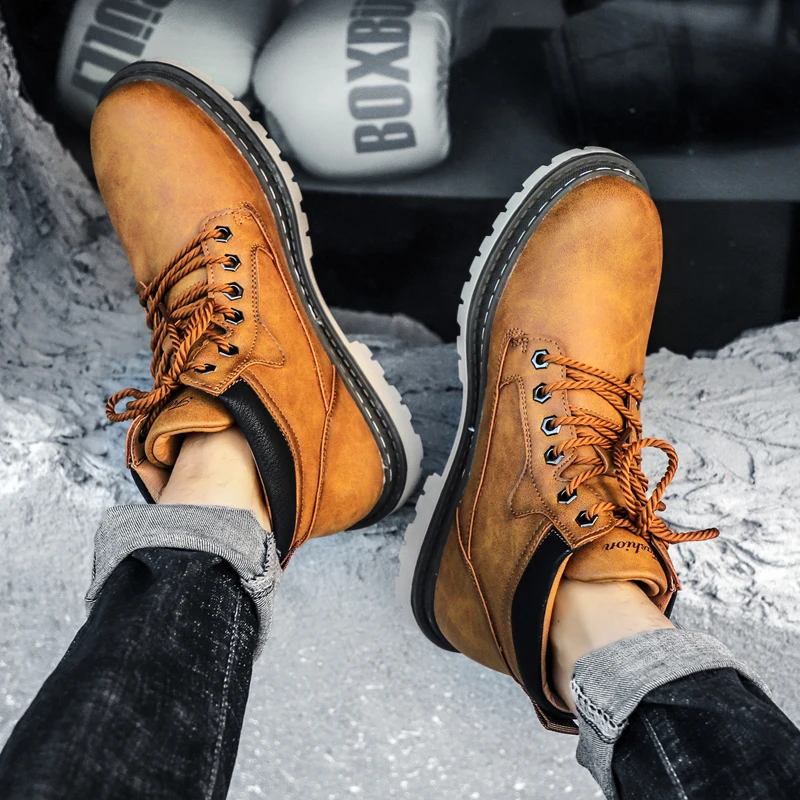I. Introduction

A. Importance of properly tying hiking boots
Properly tying hiking boots is crucial for a safe and enjoyable hiking experience. It ensures a secure and comfortable fit, which enhances overall stability, reduces the risk of foot-related injuries, and provides optimal support on various terrains.
B. Benefits of a secure and comfortable fit
A secure and comfortable fit allows for better control and agility, reducing the risk of slips, trips, and falls. It also minimizes the chances of blisters, hotspots, and discomfort, allowing hikers to focus on the scenic beauty and challenges of their outdoor adventures.
C. Overview of the article’s content
This article will guide you through the basics of boot lacing, including choosing the right laces and creating a proper foundation. It will also provide different lacing techniques catered to various foot types to ensure an optimal fit and address potential issues.
II. Understanding the Basics of Boot Lacing
A. Choosing the Right Laces
- Selecting laces that are durable and suitable for hiking conditions Different materials and thicknesses can affect the longevity and performance of laces. Choosing laces made from quality, durable materials will ensure they withstand the demands of hiking.
- Ensuring the correct length of laces for your boots Proper lace length is important to facilitate appropriate lacing techniques and secure knotting. Laces that are too short or too long can be problematic, affecting the fit and leading to discomfort.
B. Starting with a Proper Foundation
- Loosening the laces to comfortably slip your foot into the boot Starting with loosely laced boots allows for easy insertion of the foot while initial adjustments are made. This step ensures comfort and avoids unnecessary pressure or constriction.
- Positioning and aligning your foot correctly within the boot Proper foot positioning and alignment are essential for a comfortable fit that promotes stability and prevents foot fatigue. Ensuring the foot is correctly placed within the boot’s contour helps maintain balance and reduces the risk of injury.
III. Different Lacing Techniques for Various Foot Types
A. High Arches
- Lacing techniques to provide adequate arch support High arches require additional support to minimize strain and discomfort. Specific lacing techniques, such as the parallel lacing or loop lacing methods, help distribute pressure evenly and offer support to the arches.
- Preventing heel slippage and discomfort High arches are often accompanied by a narrower heel, which can lead to heel slippage. Utilizing lacing techniques like the runner’s loop or lace lock method helps secure the heel and maintain a snug fit.
B. Wide Feet
- Lacing techniques to accommodate wider foot widths Wide feet require lacing techniques that provide extra space and alleviate pressure. The box lacing or skip lacing method creates a wider, more accommodating fit and reduces pressure points.
- Adjusting tension to alleviate pressure points Fine-tuning the lacing tension in specific areas can relieve pressure on wider areas of the foot, such as the forefoot and instep. Applying the skipping eyelet or parallel skip lacing techniques allows for customizability and reduces discomfort.
C. Narrow Feet
- Lacing techniques to create a snug fit for narrow feet Narrow feet often require lacing techniques that create a snug fit to minimize excess movement and avoid blisters. The surgeon’s knot or lattice lacing method provides a secure and comfortable fit for narrow feet.
- Preventing excess movement and blisters The excess movement caused by narrow feet may lead to friction and blisters. Techniques like the heel lock or double-back lacing help reduce movement, provide stability, and prevent uncomfortable blisters.
IV. Enhancing Ankle Support and Stability
A. Utilizing Locking Techniques
- Techniques such as the surgeon’s knot and heel lock to secure the ankle Properly securing the ankle is essential for maintaining stability and preventing ankle sprains during hiking. The surgeon’s knot involves wrapping the laces around each other and tying a double knot to create a secure hold. The heel lock technique involves creating an additional loop around the ankle to further secure and stabilize the heel.
- Reducing the risk of ankle sprains and instability By utilizing locking techniques, such as the surgeon’s knot and heel lock, the risk of ankle sprains and instability can be significantly reduced. These techniques create a snug and secure fit, preventing excessive movement and providing much-needed ankle support during challenging terrains.
B. Balancing Flexibility and Support

- Adjusting lacing tension for optimal ankle flexibility and support Finding the right balance between ankle flexibility and support is crucial when tying hiking boots. Adjusting the lacing tension allows hikers to customize their fit based on their personal preferences and the demands of the terrain. Loosening the laces slightly can provide more flexibility, while tightening them can increase support and stability.
- Finding the right balance based on the terrain and personal preferences Different terrains require varying levels of ankle support and flexibility. For rugged or uneven terrains, a tighter lacing technique with more ankle support may be necessary. On the other hand, more flexible lacing with a looser fit may be preferred for gentler terrains. It is important to consider personal comfort and adapt the lacing technique accordingly.
V. Additional Tips for Comfort and Prevention of Common Foot Issues
A. Relieving Pressure Points and Hot Spots
- Identifying and adjusting lacing techniques for specific pressure points Different individuals may experience pressure points or hot spots on their feet due to unique foot anatomy or previous injuries. Identifying these areas and adjusting the lacing technique can help alleviate discomfort. Techniques such as skipping eyelets or using the parallel lacing method can reduce pressure and prevent the formation of blisters.
- Preventing the formation of blisters and discomfort By addressing pressure points and hot spots, hikers can effectively prevent the formation of blisters and discomfort during hiking trips. Ensuring a snug yet comfortable fit, as well as using moisture-wicking socks and proper boot ventilation, can further reduce the risk of blisters and enhance overall comfort.
B. Optimizing Toe Wiggle Room
- Ensuring sufficient space in the toe box for natural toe movement Having adequate toe wiggle room is essential for preventing toe-related issues such as discomfort and toenail problems. When tying hiking boots, it is crucial to leave enough space in the toe box to allow natural toe movement. This prevents unnecessary pressure on the toes and promotes better blood circulation.
- Reducing the risk of toenail issues and discomfort By optimizing toe wiggle room, hikers can reduce the risk of toenail problems such as bruising, blackened toenails, or ingrown nails. Properly fitted boots with ample toe space and well-trimmed nails can contribute to a more comfortable and pain-free hiking experience.
C. Avoiding Heel Slippage
- Utilizing lacing techniques to secure the heel and prevent slippage Heel slippage can cause discomfort and affect stability during hiking. To avoid this issue, specific lacing techniques can be employed to secure the heel. Techniques like the lace lock or loop lacing method create a snug fit around the heel, minimizing slippage and enhancing overall stability.
- Enhancing overall stability and comfort A secure and properly fitted heel is crucial for overall stability and comfort during hiking. By avoiding heel slippage, hikers can maintain better control over their movements, prevent blisters, and ensure a more enjoyable hiking experience.
In conclusion, mastering the art of tying hiking boots involves enhancing ankle support and stability through locking techniques, balancing flexibility and support based on personal preferences and terrain, and implementing additional tips for comfort and prevention of common foot issues like pressure points, hot spots, toe wiggle room, and heel slippage. By employing these techniques, hikers can achieve a secure and comfortable fit, allowing them to fully enjoy their hiking adventures.

